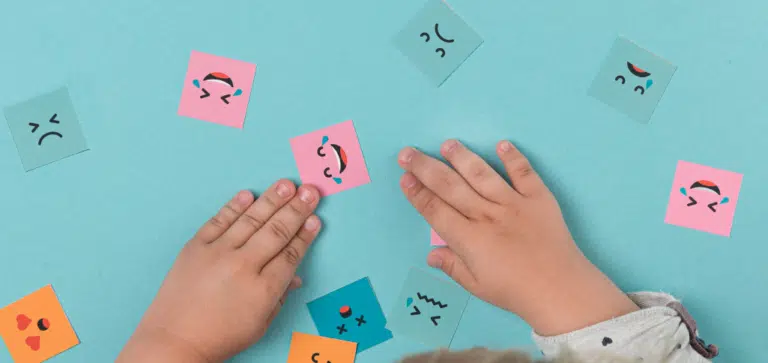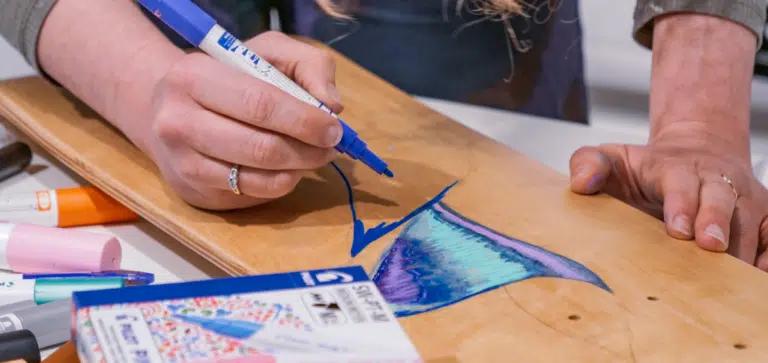
Got a competition, exam, or midterm coming up? It’s time to revise! To make memorization easier, everyone develops their own techniques. And whatever the method, there is one universal rule: you need to write things down by hand to fully understand and assimilate complex concepts. Get out your index cards, ballpoint pens, and highlighters, because we’re going to give you 3 techniques for reviewing your lessons effectively.
It all starts with active note-taking
Before moving on to the revision stage, don’t forget that taking notes during class plays a key role! Memorization begins with active listening and transcription, especially for those who prefer handwriting. For example, it is recommended not to write down word for word what is on the board or explained by the teacher. The memorization process begins when the information is processed for the first time, for example by rephrasing or summarizing it. Writing visual notes using colored pens or markers also helps you to internalize the lesson and begin to form a better mental representation of it. In short, there’s no point in making beautiful revision cards if you haven’t been paying attention in class 😉
It should be noted that although taking notes on a computer is very efficient and practical for sharing information, it does not allow for as good assimilation as handwriting. We therefore recommend going through this step, whether during class or when revising.
Technique #1: Create fun flashcards
Forget boring revision sessions alone at your desk and try group sessions using flashcards you’ve created yourself! The principle is simple: write down the essential points to remember for your exam on playing cards. On the front of each flashcard is a question and on the back is the answer. This format requires you to be concise, focusing on one concept at a time. Writing the cards encourages you to rethink the concepts covered in class and turn them into an interactive quiz. It’s ideal for knowledge that needs to be memorized (e.g., historical dates, vocabulary lists, etc.).
To make your flashcards, choose card stock and cut out small cards, similar to board game cards. For easy readability, write your questions with a marker or a broad-tip pen such as a V Sign. You can use color coding to classify questions according to specific topics.
Once your cards are ready, start by practicing on your own before challenging yourself in a group. As a bonus to add a level of difficulty, set a timer and try to answer as many cards as possible in record time!
Technique #2: Write regular summaries
Although creating flashcards is an effective technique for preparing for midterm exams, it is mainly useful for working on simple concepts. For more dense and complex learning, other techniques may be necessary in order to work in greater depth.
Unless you are a die-hard fan of last-minute revision, it is possible to organize yourself throughout the semester or year to review your lessons as you go along. The idea is very simple: take the time to write summaries of the main topics covered as you go along. This way, you not only work on your ability to synthesize information, but also your analytical skills, by rephrasing the essentials of what you have learned in class in your own words. Doing this exercise regularly also allows you to get a head start on your final revisions, as your notes are prepared little by little!
The right equipment for this type of revision note: always use thick Bristol board paper, Pilot FriXion erasable pens so you can rephrase and correct, and of course, a few highlighters so you can find the main information at a glance.
Technique #3: Reverse the teacher/student roles
What if one of the best ways to remember the essentials of a lesson was to teach it to someone else? If you can clearly explain the key concepts of a given subject to someone else, it means you have mastered it! So go ahead, put on your teacher’s hat and have fun rewriting your lessons as if you were sharing them with your imaginary students. Where do you start? What is the most important information to remember? How can you explain a particular concept in simple terms? These are all questions to ask yourself in order to gain a different perspective on the topic you are revising.
Beyond strengthening your understanding of the subject by putting yourself in the teacher’s shoes, this allows you to identify any elements that are still unclear or points that need clarification… with your real teacher this time!
Bonus: must-haves for writing your revision notes
Focus on your revision, we’ll take care of providing you with the right materials! Here are a few essentials to slip into your pencil case when preparing for an exam:
- one or more Pilot FriXion erasable pens. If you like to make your flashcards very visual, choose different colors
- a classic like the G2, for gliding across the paper for hours
- a VSign felt-tip pen for headlines and flashcards
- Pilot FriXion highlighters to mark the essentials



